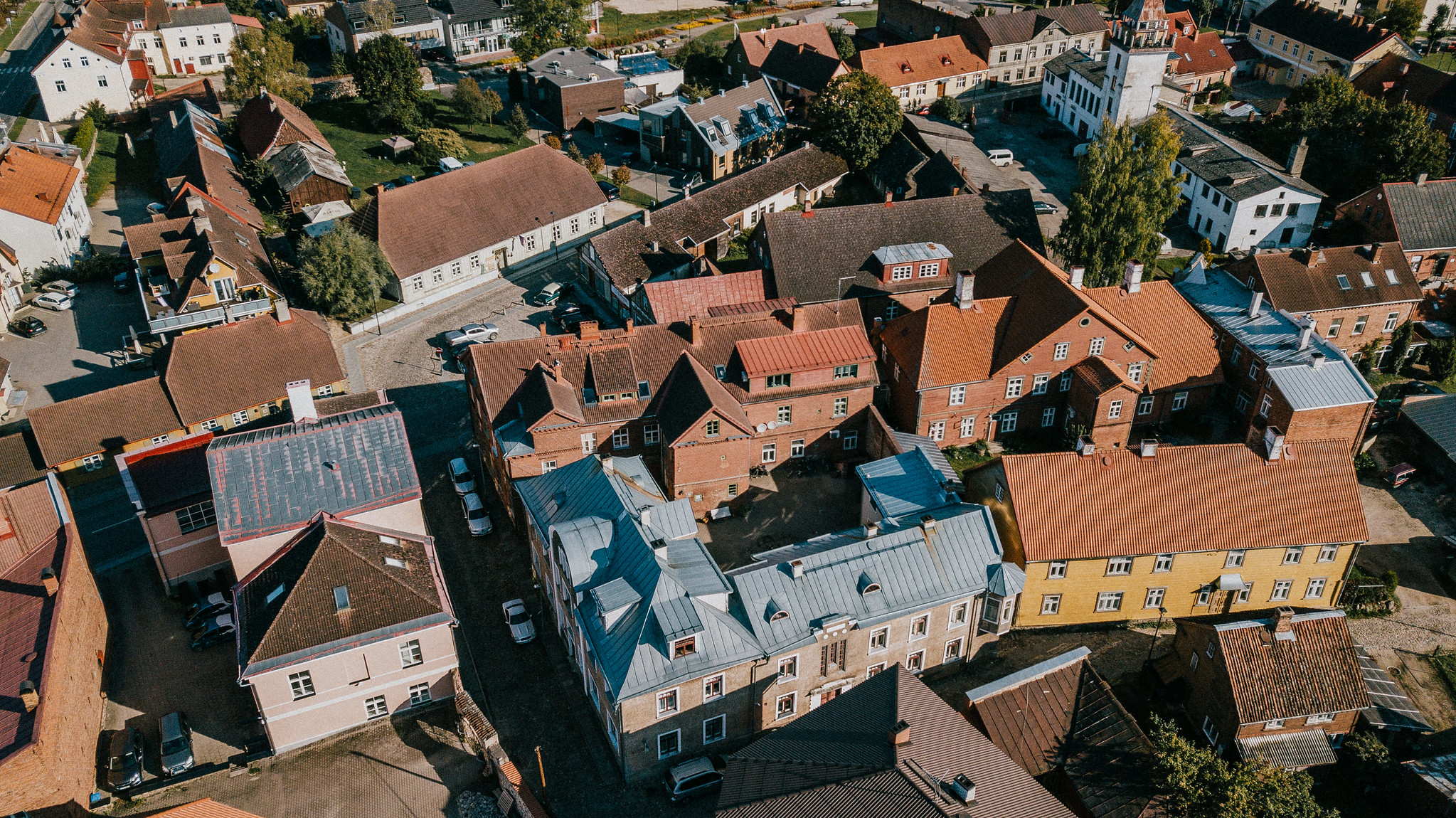UNESCO Creative City
Viljandi has been a member of the UNESCO Creative Cities Network (UCCN) since 2019. The network includes seven creative fields: literature, design, crafts and folk art, film, music, media arts, and gastronomy.
Two Estonian towns belong to the network: Tartu as a City of Literature, and Viljandi as a City of Crafts and Folk Art.
Objectives and activities of Viljandi as a UNESCO Creative City of Crafts and Folk Art
The values of the creative city are based on the principles of sustainability:
- sustainable cultural heritage
- sustainable community
- sustainable environment
Several institutions that preserve, research, and develop cultural heritage with a nationwide influence are concentrated in Viljandi, and international events on heritage take place here. In 2019, Viljandi was granted the status of a UNESCO Creative City of Crafts and Folk Art. Being a Creative City allows us to show the public the values of our heritage and to demonstrate how they can contribute to enriching everyday life in cultural, social, and economic terms. The implementation of the activities of the Creative City takes place in cooperation with the local cultural organisations, educational institutions, and the city government. The leading role has been taken by the University of Tartu Viljandi Culture Academy, which brings together representatives of all institutions and volunteers to the Creative City board. The board has formulated the main goals of Viljandi as a Creative City of Crafts and Folk Art:
- cultural heritage is a sustainable, accessible, well-known, and inspiring creative source for individuals and communities;
- children, the young and socially vulnerable groups are considerably involved in creative activities integrated with cultural heritage;
- Viljandi is a centre for professional creators, researchers, and entrepreneurs of folk culture;
- Viljandi is an internationally recognised cooperation partner and a destination for heritage tourism.
